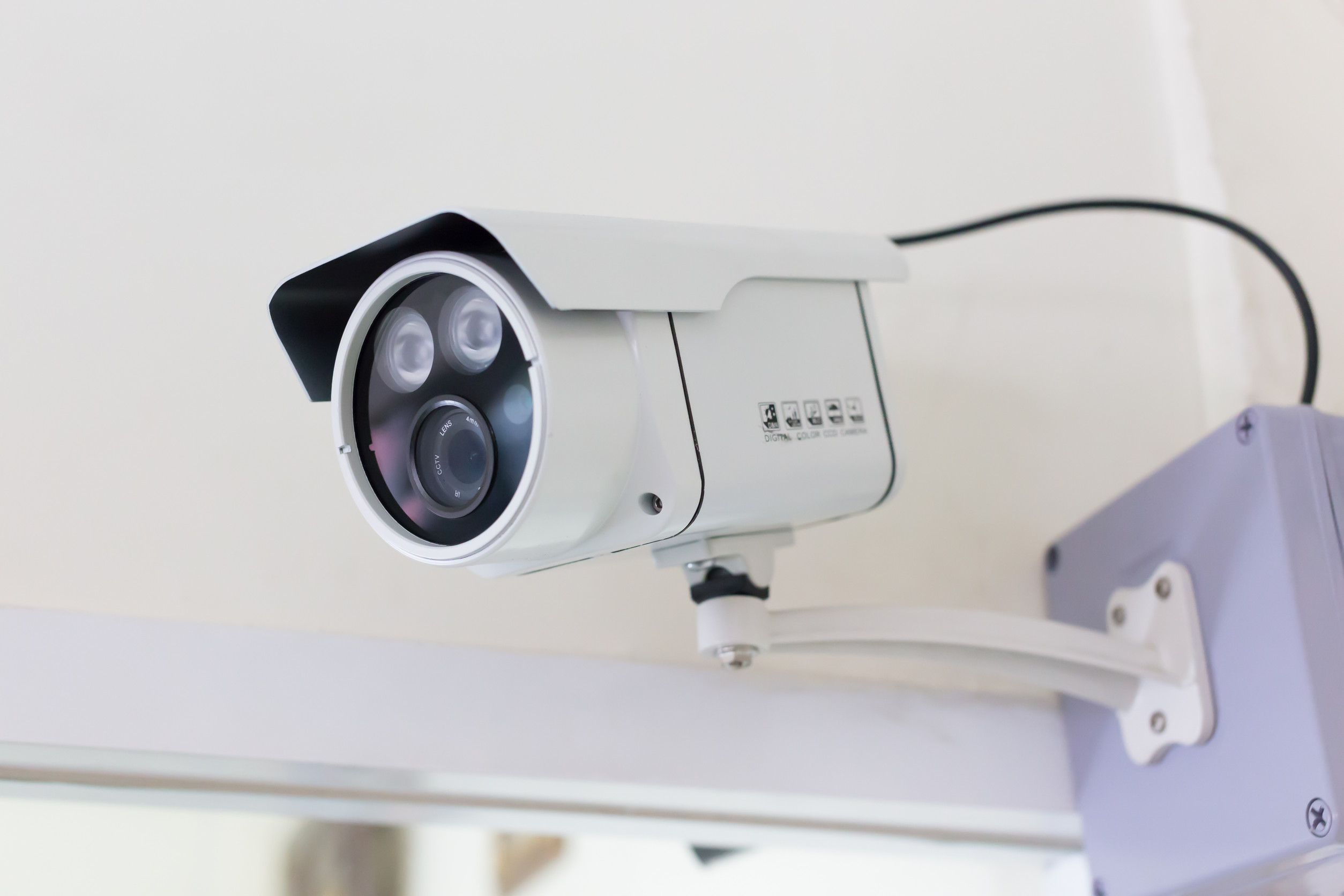Safety is serious business, but sometimes the things marketed as “must-have” protections are more about selling peace of mind than actually keeping anyone safe. Companies know that safety sells, so they slap the word “protection” on a product, crank up the price tag, and let fear do the rest.
The truth? Some upgrades drain your wallet without making life noticeably safer. This isn’t about cutting corners on real essentials—it’s about separating smart safety investments from overhyped gimmicks.
1. Extended Warranties on Safety Gear
Extended warranties on helmets, car seats, or other safety equipment sound like a smart buy, but they often don’t cover what you think. Many exclude the most common issues, leaving you with little more than paperwork. By the time gear wears out, technology has usually advanced, meaning it’s smarter to replace the product entirely. Manufacturers already back most safety gear with solid guarantees, so the extra coverage is usually redundant. In the end, you’re paying more for the illusion of security than real protection.
2. Overpriced Home Security Cameras
Security cameras have become a booming business, but many high-end models are overkill for most households. Features like 4K streaming and AI detection push prices sky-high without actually stopping crime. A well-placed, reasonably priced camera provides the same deterrence effect as one three times the cost. Many “premium” systems also require pricey subscriptions to unlock even basic functions. Spending more rarely translates into more safety when the deterrent factor is the same.
3. High-End Fire Extinguishers
Fire extinguishers are crucial, but some luxury models border on unnecessary. Sleek stainless-steel bodies, Wi-Fi connectivity, and designer finishes add hundreds of dollars to something you hopefully never use. Standard extinguishers already meet safety codes and do the job just as well. What matters is accessibility, not aesthetics. When it comes to fire protection, practical beats pretty every single time.
4. Smart Bike Helmets with Built-In Tech
Cyclists are being sold helmets with built-in lights, speakers, cameras, and Bluetooth connectivity. While the gadgets sound futuristic, they add hefty costs without improving core safety features. A well-constructed helmet with proper fit offers far more protection than one overloaded with tech. Plus, built-in electronics often fail long before the helmet’s protective shell wears out. Instead of paying for flash, sticking to helmets with top safety ratings is a better move.
5. “Premium” Airbags in Cars
Automakers have found ways to charge extra for airbags with fancy names or minor tweaks. While they may sound advanced, the standard airbags in most vehicles already provide excellent protection. Paying thousands more for variations rarely results in a measurable safety boost. Regulations ensure airbags meet rigorous safety standards regardless of trim level. The upgrade often protects the manufacturer’s bottom line more than the passenger.
6. Designer First Aid Kits
A first aid kit is one of the smartest things to keep handy, but luxury versions are a trap. Leather-bound cases, artisanal bandages, and gold-plated scissors do nothing to stop bleeding faster. What matters most is having the right supplies in an easy-to-carry pack. A simple, well-stocked kit from a drugstore works just as effectively. Paying a premium for presentation doesn’t add real safety value.
7. Child-Proofing Gadgets Beyond the Basics
Basic child-proofing—like outlet covers and cabinet locks—makes sense. But companies churn out expensive, specialized gadgets that don’t improve safety much. Magnetic locks, padded furniture edges in designer colors, and “smart” baby gates often cost far more without added function. Kids still need supervision, no matter how many gadgets are in the house. The basics get the job done, and the rest often feels like marketing excess.
8. Overbuilt Motorcycle Jackets
Motorcycle safety gear is essential, but high-end jackets can go overboard. Some boast exotic materials, climate-control systems, and even airbag inserts. While they sound impressive, most riders get excellent protection from standard, well-rated jackets at a fraction of the cost. Paying more doesn’t always equate to better abrasion resistance or impact protection. Sometimes it’s more about style statements than actual safety.
9. High-Tech Smoke Detectors
Standard smoke detectors save lives, and regulations make sure they meet strict standards. Yet some companies push ultra-high-tech models with Wi-Fi, voice control, and smartphone integration. While convenient, these upgrades don’t make smoke detection itself any faster or more reliable. Batteries and placement remain the most critical factors. Spending double or triple on gadgets doesn’t guarantee extra seconds in an emergency.
10. Luxury Safe Boxes
Safes marketed as “luxury” or “elite” often emphasize design over durability. Velvet lining and fingerprint scanners may look sleek, but don’t necessarily stop a determined thief. A basic, well-rated safe bolted to the floor offers the same level of protection at a lower price. In many cases, the “luxury” model is more about status than actual security. Practicality always trumps prestige when protecting valuables.
Spending Smart on Safety
Safety upgrades should make life more secure, not just more expensive. The smartest choices are often the simplest—gear that works, lasts, and meets the right standards without flashy add-ons. When companies market fear as luxury, it’s easy to get caught paying for comfort instead of protection. True peace of mind comes from knowing what’s worth it and what isn’t.
Which safety upgrade have you seen that felt more like a gimmick than a game-changer? Drop a comment and share your thoughts.
Read More
7 Household Changes That Could Cause You to Fail a Safety Inspection
6 “Safe” Storage Spots That Burglars Check First


